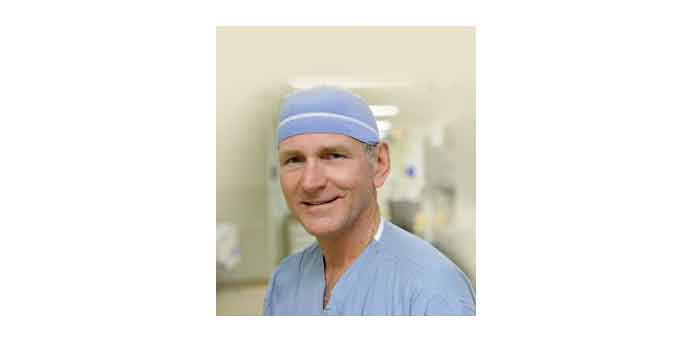Not many sugeons are on the front page of the Chicago Tribune with any regularity, but Dr. Richard Fessler is one of the few whose innovations and list of who’s who patients put him routinely in the spotlight.
He is a neurosurgeon whose skill allows for thought and expression in a brain that has suffered a burst blood vessel, and who can repair a spine and allow an injured patient to walk again. To do that, Fessler has pushed the envelope of technology in two major areas: minimally invasive surgery and stem cell research. While one area has achieved success after years of research and practice, the other still faces challenges.
“It’s tremendously expensive,” he says talking about stem cell research. “There are about 10,000 new spinal cord injuries in the U.S. each year. It’s not like breast cancer or prostate cancer where there are hundreds of thousands each year, but if we could make a paralyzed person walk, that’s the Holy Grail.” Fessler led the one and only study so far that injected cells grown from an embryonic stem cell line into the spines of paralyzed patients. After four patients had received the transplants, and all were doing well, Geron, the company that owns the stem cell line, chose to end the study and focus instead on cancer research.
“No one is walking, but we didn’t really expect that. The study was set up in the most conservative part of the spinal cord in case there was a problem,” Fessler says. The cells did live and each patient experienced limited renewed sensation, but because stem cell research is controversial and expensive, Fessler is not optimistic that new trials will begin anytime soon.
However, on the subject of minimally invasive surgery techniques—which Fessler not only developed, but his team also invented the instruments needed for the delicate surgery—he is decidedly upbeat about his lasting contribution to medicine and improving lives.
“Traditionally, doing back surgery, you would make an incision in the middle of the back and you’d cut the attachments of all the muscles and dissect them off the spine so you could get to the spine,” he says. “We weren’t happy with our results. People were in terrible pain, and if we were making people hurt just as much with our operation as when they came in, then we really weren’t doing them any favors.”
But after 20 years of perfecting his technique, Fessler reports, “I can do almost any spine surgery with minimally invasive techniques. Not just a herniated disc, but scoliosis and the impact that has on the patient is huge. It’s amazing.”
In person, Fessler is exactly whom you’d want by your bedside before facing a serious procedure—soft spoken and a great listener. One of the stories he tells me when we meet for this interview is about a college friend and fellow wrestler, who broke his neck on the mat and was paralyzed from the neck down. Fessler never wrestled again, but years later when one of his sons wanted to wrestle, he let him. “You have to acknowledge that you don’t have control of everything, and you live your life the best you can.”
When we talk about Senator Mark Kirk and his recovery, Fessler, who was his surgeon, is happy to tell a success story. “He is paralyzed in his right arm, but other than that, he’s almost back to normal. He is certainly capable of being a great senator. That’s a disaster that changes your life but an inspirational story of someone who has overcome it.”
What fuels his devotion to his work? “Someone will have an accident, and you have a very short time to get out the hemorrhage in their brain, you get it out and they get their life back. That’s a great day.”

